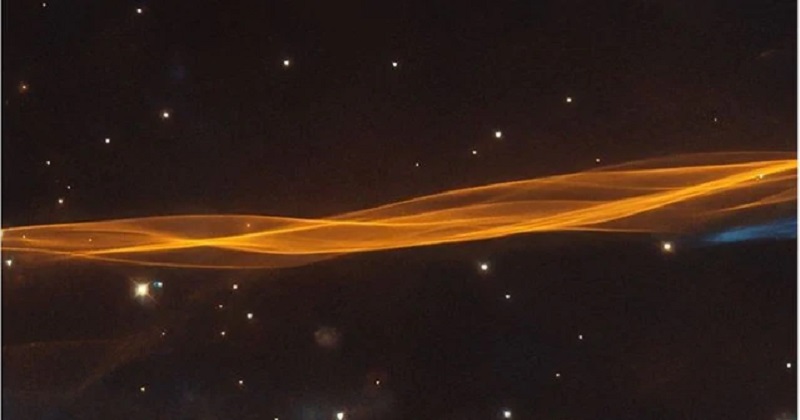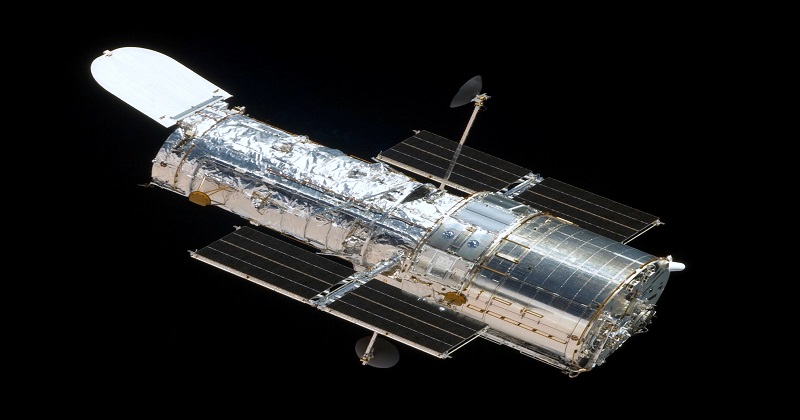
NASA’s Hubble Space Telescope has captured a stunning image of a part of the Cygnus supernova blast wave, located around 2,400 light-years away from Earth. The barrier of light appears to look like a delicate and light orange veil draped across the sky.

The original supernova explosion blasted a dying star between 10,000 and 20,000 years ago. After which, the remnant has expanded 60 light-years from its center.
https://www.instagram.com/p/CEcgOzngzT9/?utm_source=ig_embed
The name of the supernova particle comes from its position in the northern constellation of Cygnus (the Swan). It covers an area 36 times larger than the full Moon. A supernova is a powerful explosion of a star that is extremely bright. One type of such explosion is caused by a dying massive star.
The second type occurs when two stars orbit one another and at least one of those is an Earth-sized white dwarf. If one white dwarf collides with another or pulls too much matter from the nearby star, the white dwarf can explode.

Post Your Comments